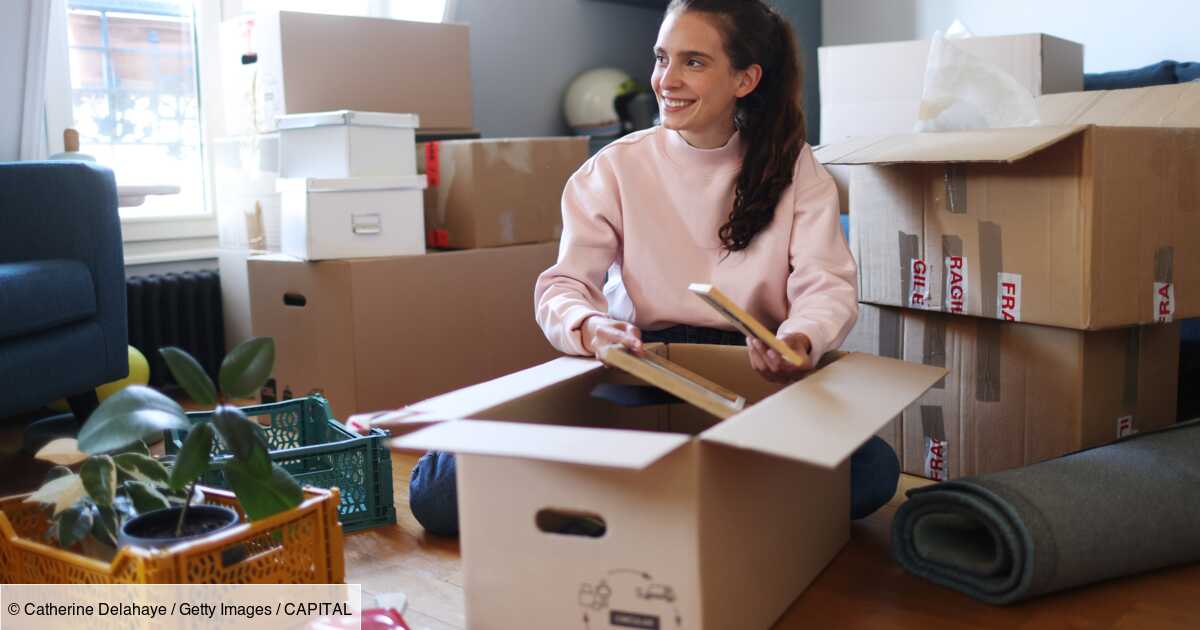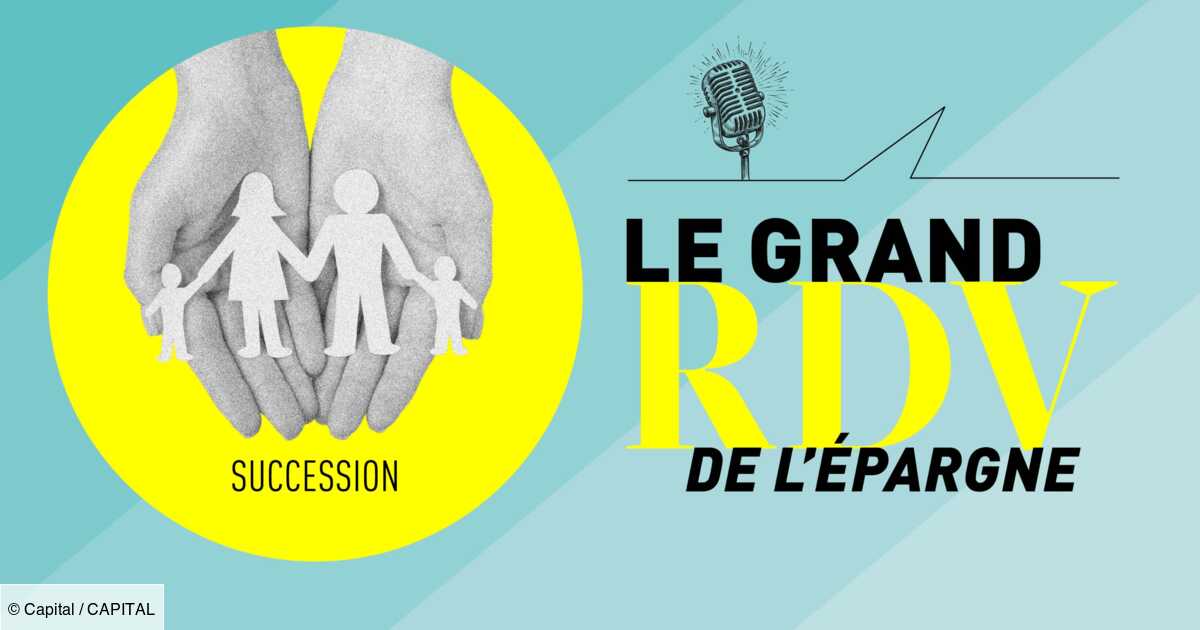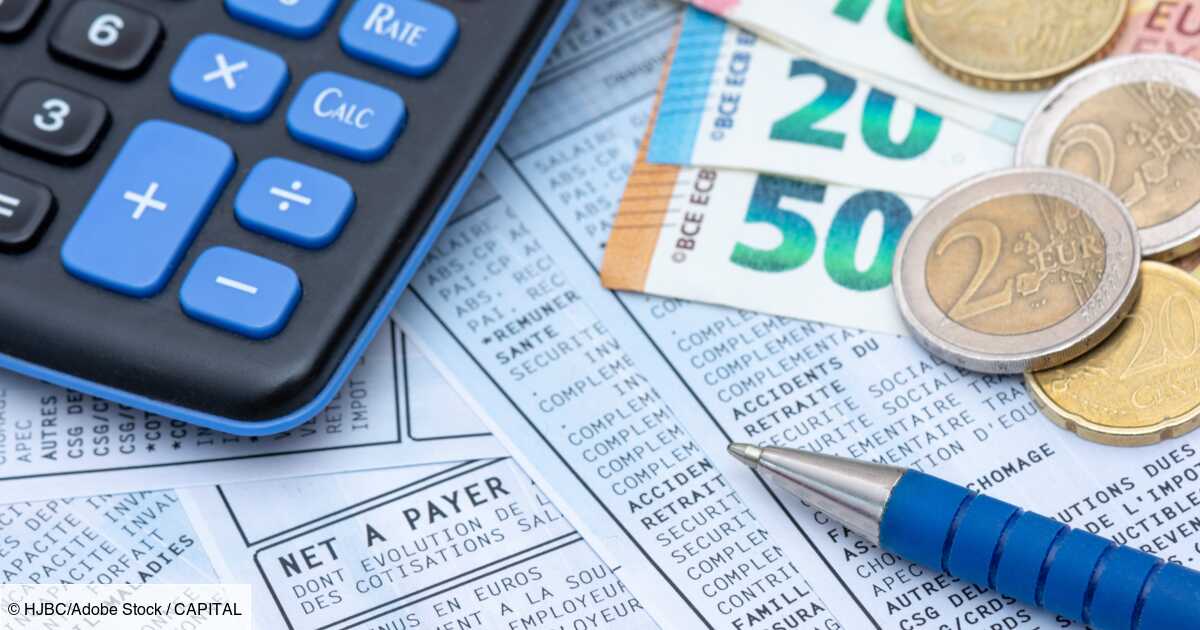Summary
See more
See less
What is a thermal strainer?
Definition of the energy sieve
An energy drain is a home that does not meet the energy decency criterion applicable to homes located in mainland France. This was set by Decree No. 2021-19 of January 11, 2021 relating to the energy performance criterion in the definition of decent housing in mainland France.
The F and G labels concerned
In detail, the article provides that housing must have an energy consumption of less than 450 kWh of final energy per square meter of living space per year. And this, following the completion of the energy performance diagnosis defined in article L.126-26 of the Construction and Housing Code. This corresponds to dwellings having received labels F and G according to the diagnostician’s evaluation.
Number of thermal strainers in France
In 2024, mainland France had around 5.8 million thermal sieves, or 15.6% of the 37 million housing units (main residences, secondary residences and vacant housing). Among these thermal sieves, housing classified G represented 5.7% of the stock of main residences, or around 1.95 million housing units.
From January 1, 2025, G-rated housing will be prohibited from renting, in accordance with measures aimed at gradually eliminating the most energy-intensive housing from the rental stock.
Energy renovation: definition, work and help
How do I know if I’m in a thermal strainer?
A poor energy performance diagnosis (DPE)
The energy performance diagnosis (DPE) is the first criterion which makes it possible to determine whether or not the apartment or house constitutes a thermal sieve. Thus, accommodation classified F or G is considered as such.
Let us point out that the DPE is essential. Indeed, the energy performance diagnosis is now required to be provided to future purchasers and/or tenants of housing (article L.126-23 of the Construction and Housing Code).
Energy-intensive housing and high energy bills
In the absence of an established diagnosis, you must refer to the energy bills. They will allow you to determine, after questioning your electricity supplier, whether your house or apartment consumes a lot of energy for its surface area and its type of occupancy.
Systems for monitoring, analyzing and reporting energy consumption are now offered by all energy suppliers on the market.
Low or too hot temperature, draft, humidity in the home, etc.
Other clues can help you: if, despite your efforts, you cannot regulate the temperature in the home; if you feel drafts, very strong temperature variations; if you notice condensation on the windows, mold and cracks on the walls. These are signs of heat loss (poor insulation).
Selective sorting: the guide to learning how to sort your trash
What is an energy audit?
An analysis of the energy performance of a home
An energy audit is an in-depth analysis of the energy performance of a building, carried out to identify weaknesses in energy efficiency and propose suitable solutions. The objective is to provide owners with concrete information to plan renovation work that complies with energy and environmental standards.
The energy renovation plan
This audit aims to establish an energy renovation plan in several stages, with precise recommendations to improve the energy class of the home. Each step is accompanied by an estimate of costs, potential savings and gains in thermal comfort.
Renovation, construction: what to do in case of problems?
DPE or energy audit?
Unlike the Energy Performance Diagnosis (EPD), which provides a general assessment, the energy audit offers a detailed and personalized study. It examines several aspects, such as insulation, the heating system, ventilation, and lighting, taking into account the technical characteristics of the building.
>> Our service – Estimate the price of a property (immediate, free and without obligation)
Who is affected by the mandatory energy audit?
Thermal strainers
The mandatory energy audit mainly concerns owners of housing classified F and G on the DPE. Since April 1, 2023, this audit has been required when selling such accommodation, in order to inform buyers of the work necessary to improve energy efficiency.
Individual houses
This obligation applies primarily to individual houses and single-ownership buildings. It does not yet apply to apartments located in condominiums, although similar rules may be extended in the future.
How to sell your apartment or house?
Can I sell or rent my house with a DPE F or higher?
Renting a thermal strainer is no longer possible since 2023
Since January 1, 2023, housing exceeding an energy consumption of 450 kWh/m²/year can no longer be offered for rental. The measure applies to new rental contracts concluded since this date. The most energy-intensive housing can therefore no longer be rented.
A ban extended to January 1, 2025
Since January 1, 2025, this ban has been extended to all housing classified G in the DPE, regardless of their exact level of energy consumption. Owners and landlords of energy-intensive housing must therefore undertake energy renovation work to make them compliant with the energy decency criterion before offering them for rental.
From January 1, 2028, the ban will be extended to housing classified F, following the same logic as that applied to housing classified G. Then to housing E in 2034.
Possible rental in the event of energy renovation work
This prohibition also applies progressively to existing leases, at the time of their renewal or during a tacit renewal. This means that owners must anticipate renovations well in advance of these deadlines to avoid losing rental income.
Owners and landlords of energy-intensive housing must therefore undertake energy renovation work to make them compliant with the energy decency criterion before offering them for rental.
The sale of thermal strainers: still authorized
In 2025, the sale of housing classified F or G remains authorized, but it is governed by increasing obligations. The DPE must be included in the Technical Diagnostic File (DDT) given to the purchaser. Since April 1, 2023, an energy audit is also required for housing classified F or G.
Energy-intensive housing, considered less attractive, generally suffers a devaluation on the real estate market. Buyers, increasingly attentive to the energy performance of properties, often negotiate price reductions to compensate for the costs of the work.
Real estate transaction: definition, type and stages
How to renovate a thermal strainer?
Insulate the home
Renovating a thermal strainer primarily involves combating heat loss. It is therefore necessary to carry out insulation work: replace your roof, insulate your attic, the walls of the home and the basement with glass wool, cork rolls, rubber tiles, etc.
Invest in an efficient heating system
Another expense to plan for is the installation of an efficient heating system. Now that the home is insulated, you have to keep the heat there without blowing up your bill. Replacing the boiler therefore seems inevitable. To replace it, several options: wood heating, heat pump (PAC), combined solar system, etc.
Choose your craftsmen wisely
To avoid unpleasant surprises, it is better to turn to energy renovation specialists. RGE craftsmen (recognized environmental guarantors) are professionals able to transform a thermal sieve into healthy housing and ensure better living comfort.
Environmental authorization: principle and renewal
What financial aid is available for renovating a thermal strainer?
There are several devices that can be combined to help owners of thermal strainers. Among them, we will note:
- energy saving certificates (EEC);
- financial aid from local authorities;
- reduced rate work loans; among them, the flagship system today is MaPrimeRénov’.
Anah aid: amount and conditions
MaPrimeRénov’: the main system for energy renovation
Financial assistance for primary residence owners
MaPrimeRénov’ is state aid for owners wishing to undertake energy renovation work in their home, whether they live in it themselves or have rented it out. It only concerns housing occupied as a primary residence.
The assistance is open to all owners and all co-ownerships built for at least 15 years. This is a lump sum paid based on household income and the energy gain made possible by the work. The situation is analyzed on a case-by-case basis, on file.
MaPrimeRénov’ classic
Open to all owners and co-owners, this aid is allocated according to household income, classified into four categories (blue, yellow, purple, pink), with decreasing amounts of aid depending on resources. Eligible work includes insulation, changing heating systems, ventilation, and overall renovation of the home.
MaPrimeRénov’ Serenity
It concerns owner-occupiers with modest or very modest incomes. They must plan renovation work on their home aimed at an energy saving of at least 35%. The ceiling for eligible work is 35,000 euros.
MaPrimeRénov’ Co-ownerships
MaPrimeRénov’ Copropriétés targets the common areas of co-ownerships and the financing of renovation work aimed at an energy gain of at least 35%. The ceiling for the work undertaken is 25,000 euros.
Incentive package for comprehensive renovations
This is an incentive package aimed at households with intermediate and higher resources. The ceilings for the work undertaken range from 5,000 to 10,000 euros. These must target a set of works to improve the energy performance of housing.
New bonuses for energy-intensive housing in 2025
A thermal sieve bonus is granted for work allowing housing classified F or G to move out of this status. Likewise, a Low Consumption Building (BBC) bonus is granted for housing achieving energy class A or B after renovation.
Housing located in Low Emission Zones (ZFE) also benefits from specific increases, to encourage reduction of energy consumption in areas where air quality is a priority.
Receive our latest news
Every week your appointment with real estate news.











